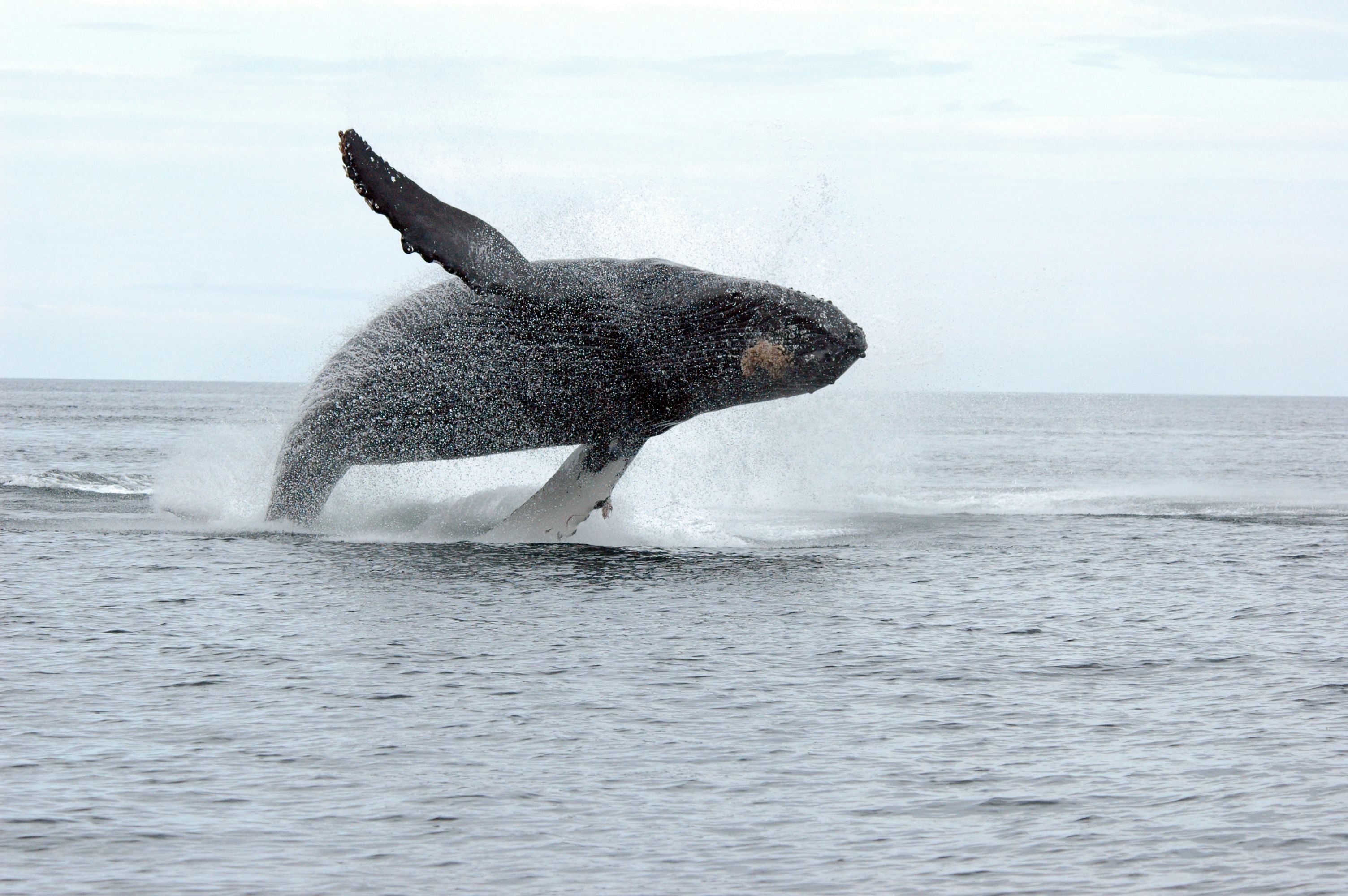
Whales that forage in polar waters could be migrating to low latitudes to maintain healthy skin, according to a study that may lead to better conservation measures to protect the marine mammals.
According to the study, published in the journal Marine Mammal Science, whales foraging in the freezing waters of Antarctica conserve body heat by diverting blood flow away from their skin which reduces the regeneration of skin cells and halts the normal sloughing of their body's outer layer.
"I think people have not given skin molt due consideration when it comes to whales, but it is an important physiological need that could be met by migrating to warmer waters," said Robert Pitman, lead author of the study from Oregon State University in the US.
The scientists said all birds and mammals regularly shed their skin, fur, or feathers, and migrating to warmer water would allow whales to revive their skin metabolism, and molt in an environment that does not sap their body heat.
Over eight years, the researchers deployed 62 satellite tags on killer whales and found that all four types that feed in frigid Antarctic waters migrated as far as 11,000 kilometers round trip.
They said most migrations were fast, non-stop, and largely straight north and back.
One whale, the study noted, completed two such migrations in 5.5 months.
The researchers also photographed newborn killer whale calves in Antarctica, indicating the whales don't need to migrate to warmer waters to give birth.
They said larger whales that migrate to the tropics to molt may have begun giving birth in those same warmer waters.
"Instead of whales migrating to the tropics or subtropics for calving, whales could be traveling to warm waters for skin maintenance, and perhaps find it adaptive to bear their calves while they are there," the researchers wrote in the study.
Whales in frigid Antarctic waters are often discolored by a thick yellow film of microscopic diatoms, indicating that they were not experiencing their normal, "self-cleaning" skin molt, the scientists said.
The current study cited earlier research which found that high concentrations of diatoms on the skin of Antarctic killer whales may also accumulate potentially harmful bacteria.
"Basically, the feeding is so good in productive Antarctic waters that the relatively small, warm-blooded killer whale has evolved a remarkable migration behavior," said study co-author John Durban.
"This enables it to exploit these resources and still maintain healthy skin function," Durban said.
The scientists said whales complete the largest annual migrations on earth in terms of biomass, transporting millions of tons of animals thousands of miles, with a significant impact on local ecosystems.
They believe further testing of the hypothesis by assessing skin growth of migratory and non-migratory whales, at high and low latitudes, throughout the year may offer confirmation of the theory.